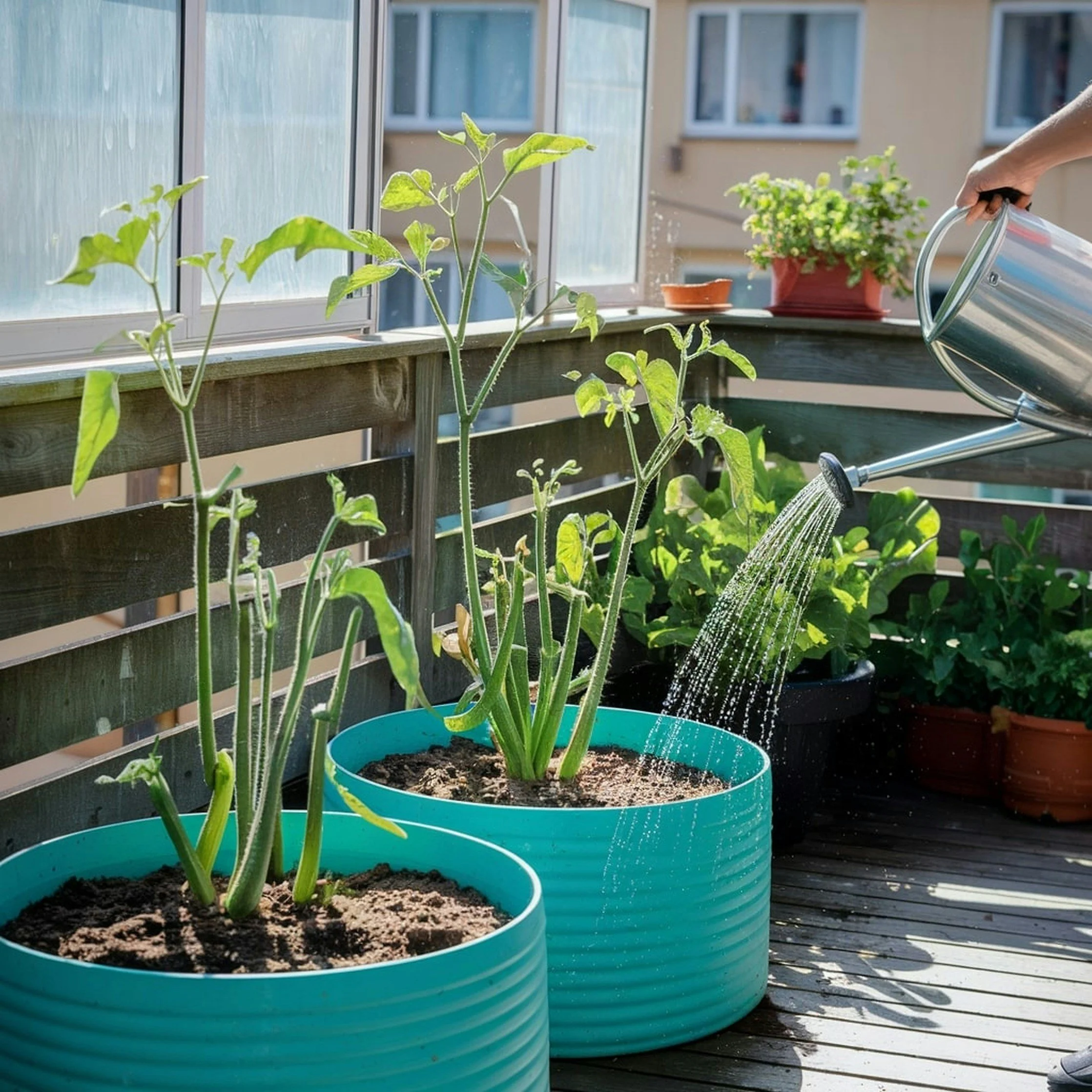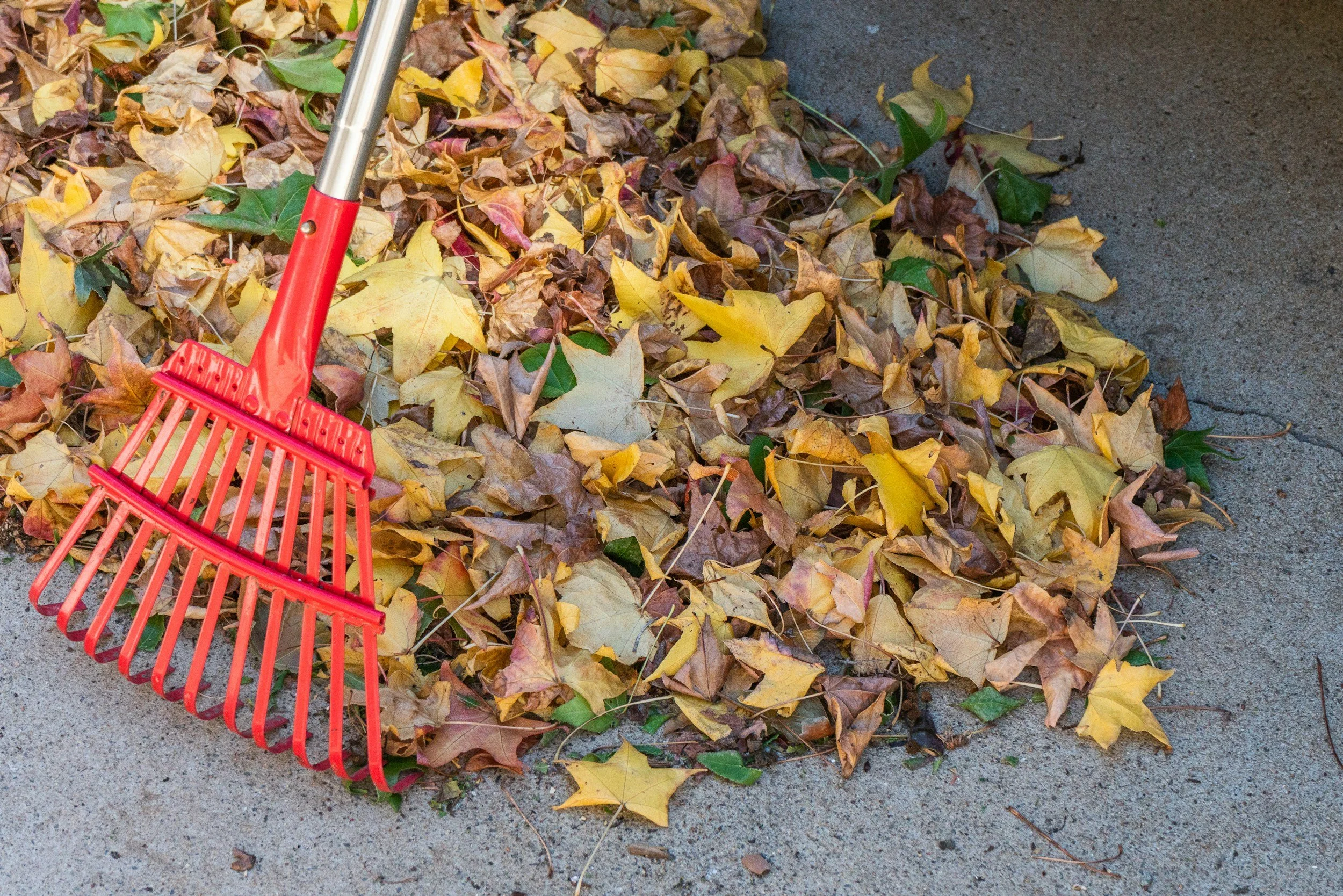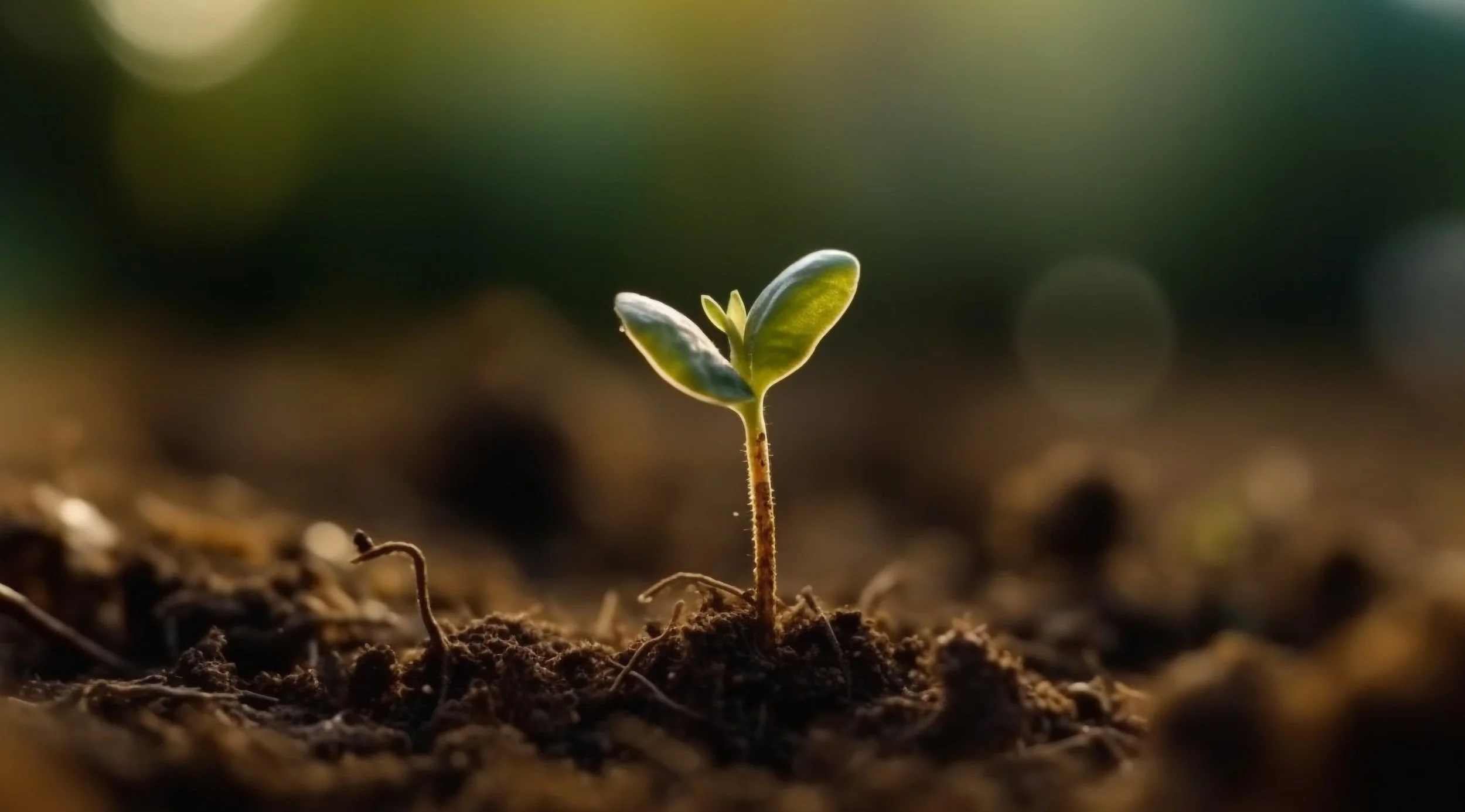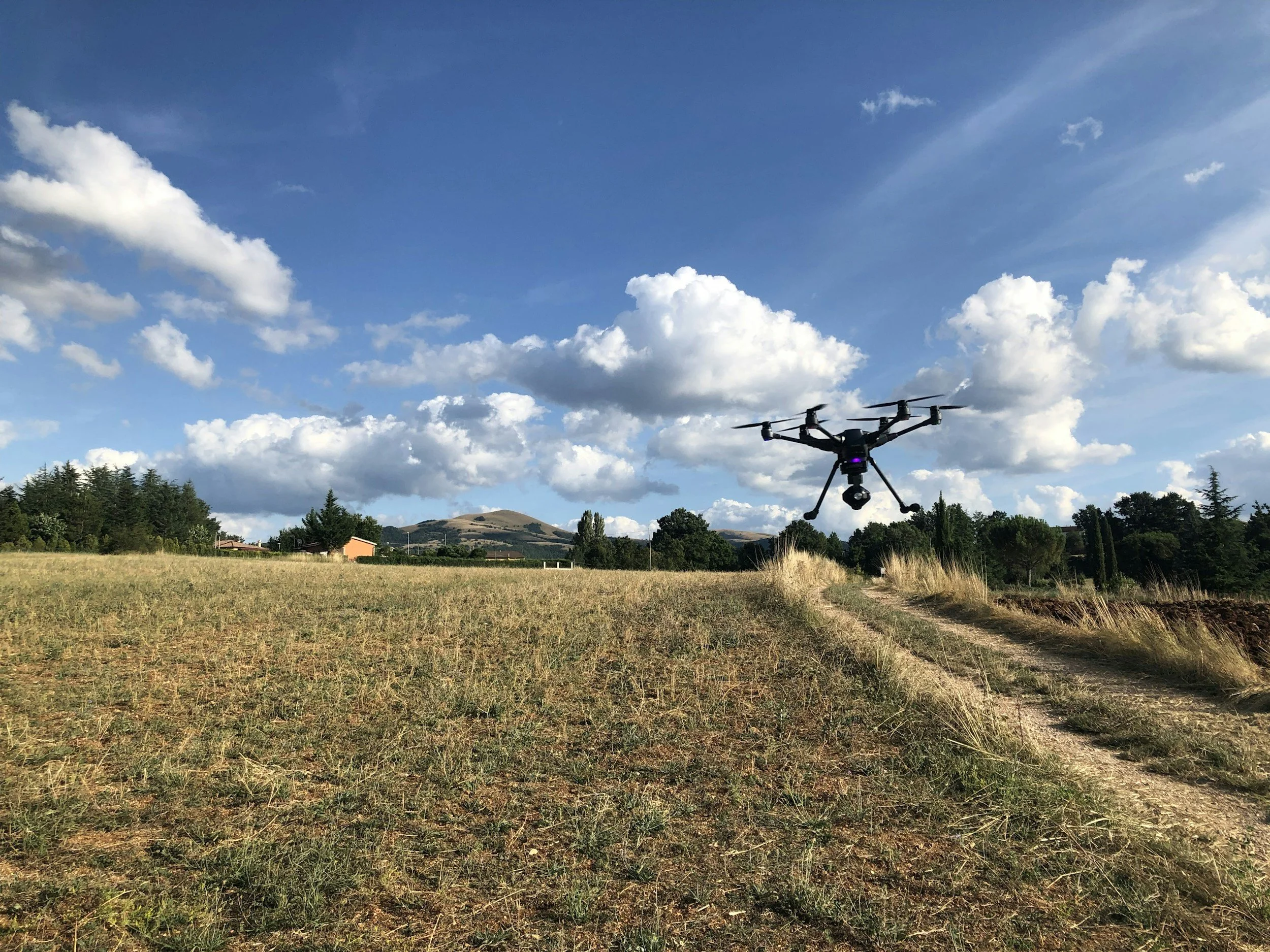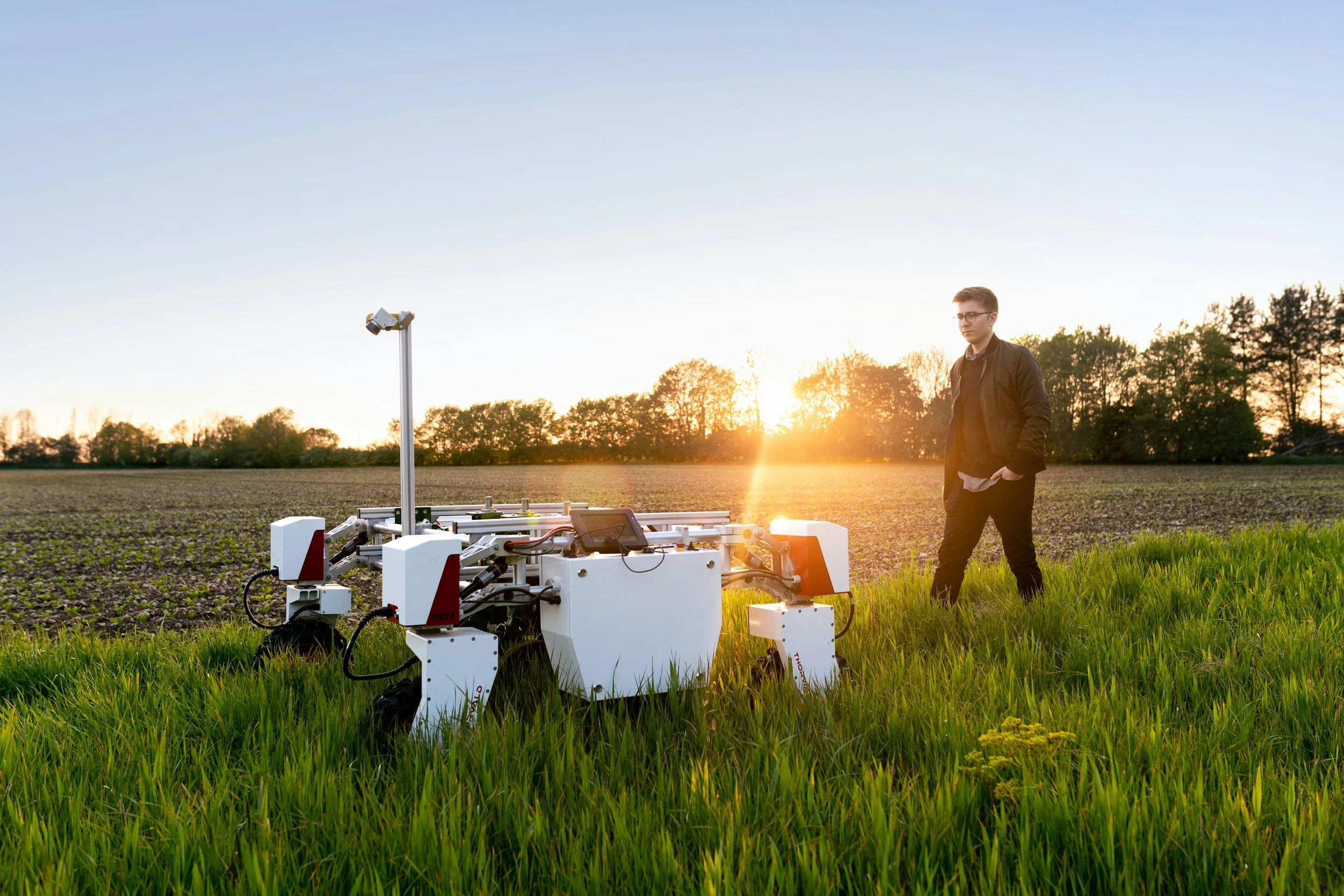Companion planting: how to do it, mistakes to avoid
/(updated 07/28/2021)
What is Companion Planting?
Companion planting is a small-scale method of intercropping, which refers to the practice of planting one kind of plant next to another or others that help it thrive. It is often associated with small-scale organic gardening (the type of gardening I have exclusively done for the past 18 years) or other biodynamic planting methods, and it is a favorite technique of farmers seeking to produce more yield in less space. It can be done in containers or in your raised bed or in-ground garden.
Although popular literature touts the benefits of intercropping over monocropping, there is a lot of debate, and consequently, confusion over which plants go well together, and whether some of the reported benefits of companion planting are consistent or coincidental. This is partly a debate between using scientific methods (usually in controlled, laboratory stings) and using personal experience to determine how to companion plant. There are benefits to both methods, though admittedly, I prefer to rely mostly on experience (my own and that of successful gardeners I know) with a smattering of science to help me understand why certain combinations have seemed to work well in my own garden, while others don’t seem to have much effect one way or another.
I learned the value of companion planting the hard way a couple of years ago when I planted zucchini for the first time. My Chinese medicine doctor, who has her own small but thriving backyard garden, gave me a couple of zucchini (courgette) plants, which transplanted into containers that had been well-prepped with nutrient-rich soil and fertilizer. That year my plants only produced a single zucchini! Later, I found out that you sometimes have to hand-pollinate some vegetables, taking the pollen from the “male” stems and brushing it onto the correct part of the “female” stems in order to make the fruit or vegetable grow. Normally, pollinators like bees, butterflies, moths, ladybugs and wasps do the job for you, but that year hardly any bees showed up (only wasps, which are not as effective as bees). I realized too late in the season that I should have planted flowers to attract different kinds of pollinators. Nowadays, I always plant marigolds alongside my crops (and sometimes bee balm and lavender as well) and have seen an increase in the numbers of friendly garden helpers coming to visit and pollinate my plants. Bee balm is especially useful in the garden: not only does it attract bees, but it is easy to grow, comes back every year (if you live in US hardiness zones 3-9, and has many different varieties, or cultivars, for you to choose from, as this article by Happy DIY Home notes.
What to plant? Suggestions for the beginning and experienced gardener
If you are fairly new to gardening, I suggest beginning with plants like tomatos, green beans, eggplant, kale, carrots, potatos, or Swiss Chard, which are fairly easy to grow and will keep producing into the fall. However, if you live in a cold climate, tomatos will not grow past the hot season, as they need a lot of sunlight and heat to produce fruit. If you are beginning your garden this time of year (late summer/early fall) and will have mild weather within a month or so, you can plant broccoli, carrots, kale, cabbage, and cool-weather greens like lettuce, spinach, and bok choy. However, even in warmer weather you can plant some cool-weather greens using a companion planting technique: plant taller crops with ample foliage that will provide shade to those cool-weather greens.
Of course, the best way to determine what to plant is to look up the planting zone you are in, and then determine what works best in that zone for the time of year you are planting. For a cheat sheet that covers all 10 planting zones of the US and tells you what to plant when, click the button below and sign up for access to our free resource library. You can also see some of the other resources available in the library by visiting our Free Resources page.
How do companion plants benefit their neighbors?
As mentioned above, there is a lot of debate between popular consensus and agricultural scientists about the benefits of companion plants. Some of these reported benefits include promoting pollination, enhancing the flavor of crops, adding nutrients to the soil, and controlling weeds. However, some studies have cast doubt on some of these benefits, such as whether companion planting has the ability to reduce the number of arthropod insects (e.g. mites, aphids, and whiteflies) invading your crops. On the other hand, there is ample scientific evidence to show that the success of planting chives or coriander to repel aphids may have something to do with the fact that these companions provide a visual obstruction preventing the insect from finding the plants you are trying to protect. Alternatively, companions may produce repellent chemicals, or mask the odor of the plant you want to protect.
What this means is that companion planting may help with pest control, but there is confusion over exactly how it does so, or how to ensure that it does help.
In my opinion, any method that can enable you to reduce or eliminate your use of pesticides is a positive development! If you have any doubts about the harmful effects of pesticides on human and environmental health, look no further than the red tide that is currently wreaking havoc along the Gulf Coast of Florida in the United States. Those red algae blooms thrive off pesticides and chemicals that wash into the ocean. They have caused hundreds of marine animals to wash up dead on the beach and brought on gastrointestinal problems in people who have been exposed to it by swimming in the Gulf water or consuming seafood from it.
Are there disadvantages to companion planting?
There is good reason to suspect that companion planting may not always produce the desired effects. In fact, there are at least a few disadvantages to companion planting that you may not have heard of.
First, you need to plant the right companions with each other. Planting the wrong ones can have a negative effect on the health of your crops. For example, planting tall plants like bush beans or pole beans and tomatoes together is a bad idea because they will compete for light, with the tomatoes being more likely to win that competition. Finally, some plants are popularly believed to be allelopathic, which means that they chemically hinder the chemical vital systems of competing plants. For example, garlic and onions are said to hinder the growth of beans and peas. Sunflowers supposedly interfere with the growth of potatos and beans. Cabbage and cauliflower usually do not thrive when planted alongside each other. While the scientific evidence on this kind of “combatant” behavior among plants is thin, popular lore says keep these plants away from each other.
Second, competition for water and nutrients can reduce the strength of your plants. Plants that love water, like sweet corn and lettuce, should not be planted near drought-loving plants like rosemary and snap peas. Cabbage will stunt the growth of tomatoes, since these two compete for nutrients in the soil. Bell peppers and fennel will also fail to thrive for the same reasons when planted together.
Third, randomly sticking plants in the soil together, even those recommended as companions, is usually not a good idea, and may even reduce your harvest. For example, tomatoes may crowd out basil planted alongside it, with the result that the basil harvest is considerably less than if it had been planted on its own. So what can you do to ensure that this doesn’t happen?
3 factors to consider for successful companion planting
There are 3 things you need to be aware of for successful companion planting, because it’s not just a matter of sticking plants in the soil next to each other. Crop density, ratio, and interplanting times all affect whether you’ll get an abundant and healthy harvest compared to what you’ll get from monocropping (growing a single crop in a given container or plot).
Crop density refers to the amount of space a plant, or plants occupy. The more space a plant takes up, the more likely it is to crowd out, or compete with, other nearby plants, even those that would otherwise make good companions. Ratio refers to the number of plants “A” planted alongside plants “B.” Interplanting refers to pairing taller plants with shorter ones that grow under them.
Consider tomato and basil, which under the right conditions, grow very well together. I have had some successes and failures with planting these companions in the same pot, and what I have noticed over the years is that it is often better to transplant a tall basil plant into a container with a smaller tomato plant, or alternatively, plant a tomato seedling into a pot that has already been growing basil for at least 6 weeks. Waiting until the basil plant is 6 weeks old (or approximately 6 inches tall) before transplanting into a pot containing a small tomato plant, for example, will usually ensure that both the basil and the tomato thrive.
Last summer my fast-growing basils, planted 2-3 in the outer edges of a pot containing a cherry tomato plant, grew tall enough to avoid being crowded out by the fast-growing tomato. By pinching the leaves from the bottom of the basil, beginning at 6 inches tall, and selectively pinching leaves at the top once they had grown at least 9 inches, I was able to get them to be tall enough to thrive next to the larger tomato plant, and bushy enough to produce a high-yielding harvest that lasted well into the fall season. In this case, I was able to create enough density to fill a large 16” pot with plants, using ratios of 2:1 and 3:1, and interplanting in such a way that although the tomato eventually grew taller than the basil plants, it avoided crowding them out. I should also note that I rotated the pot at least once during the course of a day (though not every day) to ensure that all the plants in the pot were receiving ample sunlight.
Some of these techniques are taught in detail in our free online course, “The Art of Food Gardening.” To get access to the course and to receive discounts on enrollment fees for our other online courses, sign up below. By signing up, you’ll also have the option to access our Free Resources library, which contains several ‘cheat sheets’ for companion planting. (click the link above or the button below to preview some of our resources).
Are you a gardener (at any level) who has had success with companion planting? I’d love to hear what worked for you! Post a comment below and share your gardening wisdom.
Like this? Please pin!














